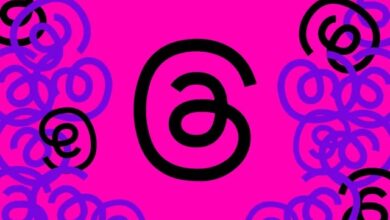Georgia’s Low Income Health Plan Enrolls Only 1343, Raising Concerns

Georgia Gov. Brian Kemp’s new health plan for low income adults, known as Georgia Pathways to Coverage, has enrolled only 1,343 people since its launch, about three months ago, according to The Atlanta Journal-Constitution. The program, which is the nation’s only Medicaid program that requires recipients to meet a work requirement, has been criticized for its slow start. Experts have pointed out that it has fundamental flaws compared to Medicaid expansions in other states, including the extra burden of submitting and verifying work hours.
The Georgia Department of Community Health initially declined to provide sign-up numbers, but after pressure from the media, it released the records. The slow progress of the program has raised concerns, especially as the state is in the process of removing tens of thousands of people from its Medicaid rolls as part of a federally mandated review.
Critics argue that Georgia Pathways to Coverage is falling short of its commitments to uninsured Georgians and that Medicaid expansion would be a more effective way to provide meaningful coverage to state residents.
The Biden administration has previously tried to revoke Georgia’s Medicaid plan, and any missteps in the program could have broader consequences and affect future Republican efforts to make Medicaid eligibility dependent on work.
Georgia’s program, which was launched on July 1, coincided with a review of Medicaid eligibility following the end of the COVID-19 public health emergency. While federal law prohibited states from removing people from Medicaid during the emergency, Georgia delayed reevaluations for 160,000 people who were no longer eligible for traditional Medicaid but could qualify for Pathways.
Thirty-nine states have expanded Medicaid eligibility to nearly all adults with incomes up to 138% of the federal poverty level, and none of those states require recipients to work to qualify. Georgia’s program, in addition to imposing a work requirement, limits coverage to able-bodied adults earning up to 100% of the poverty line.
Critics argue that many low-income people struggle to document the required 80 hours a month of work, volunteer activity, study, or vocational rehabilitation, making the program challenging for those it is intended to serve.

